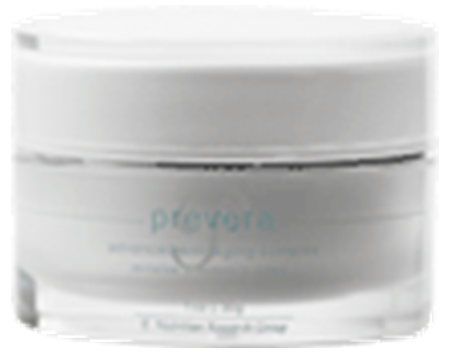| Learning Aims: | ||
|
Students are expected to
|
||
| Materials: | ||
|
||
| Suggestions for use: | ||
|
In the next lesson, based on the knowledge gained about skin and creams, students will be able to analyse and assess the consistence of one cosmetic cream. Each group will receive a description of the ingredients of one cosmetic cream. For example, a daily cream “Intensive Care“ that promises to moisturise and provide nutrients to the skin.
Students classify the substances in the recipe according to their function: - oils and fats; - emulgators; - waxes; - humectants; - preservatives; - antioxidants; - special agents (nutritive, exfoliative, bleaching, anti-inflammatory, anti-wrinkle etc. ingredients); - odours (essential oils). The use of each ingredient in the product should be explained: why is it added to the product, what kind of properties does it give to the product. The analysis does not have to be in a tabular format, but the same issues should be still addressed. Based on the analysis, students make a poster or fill the table as given in student work sheet (Table 2). In order to be more knowledgeable in different markings related to cosmetic products (e.g. “cruelty free” or “paraben free” product), students should introduce themselves with the Appendix 2 where the meaning of such kind of labels is provided. |
